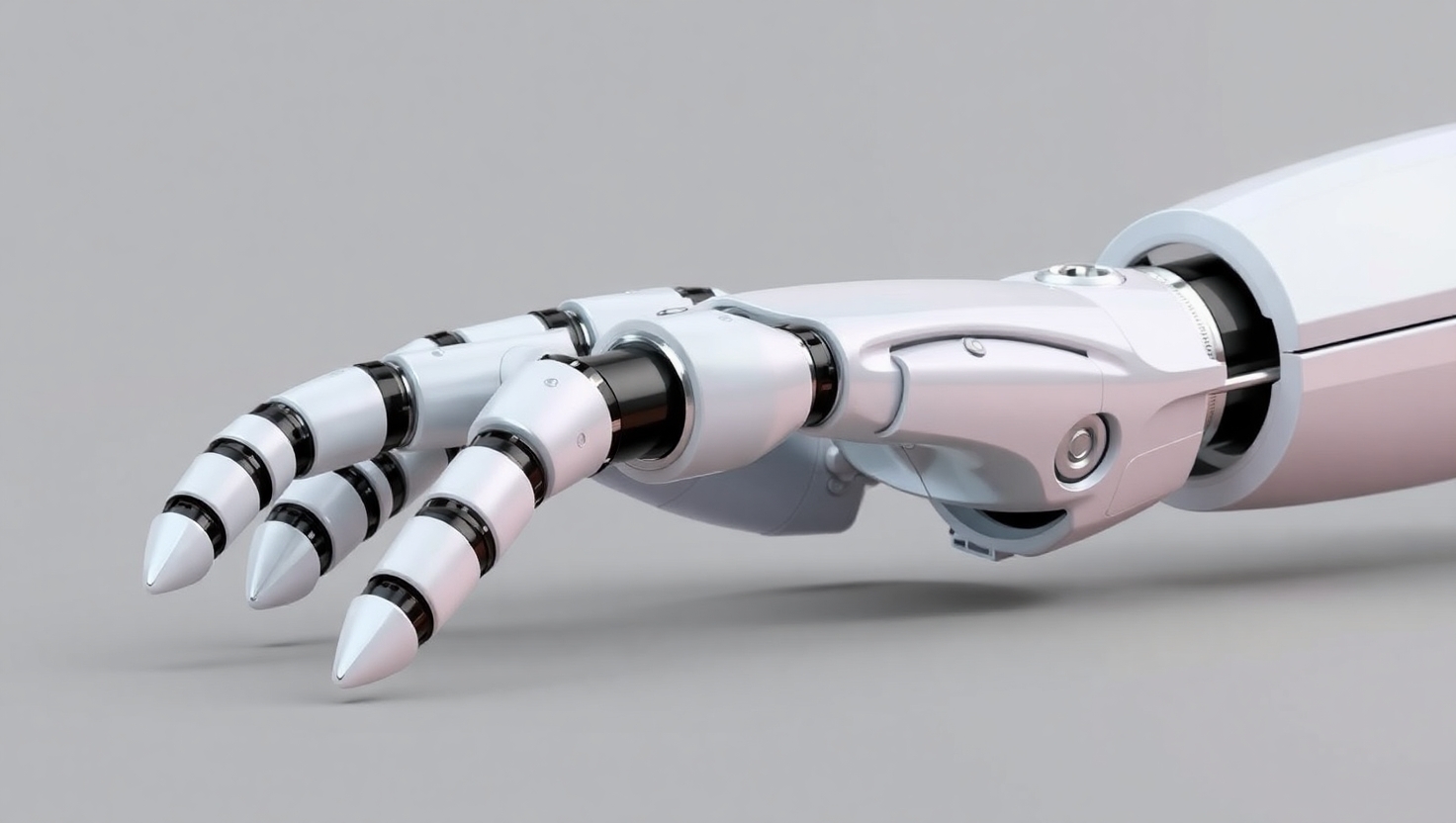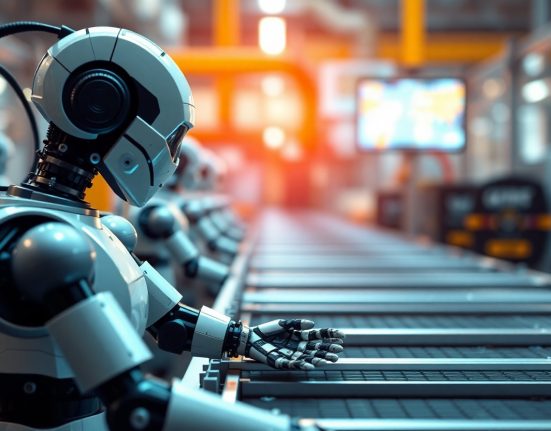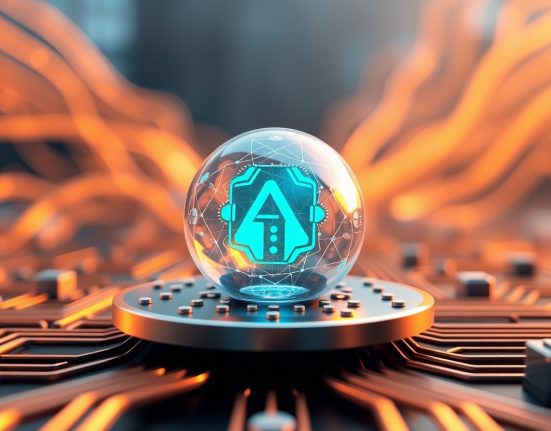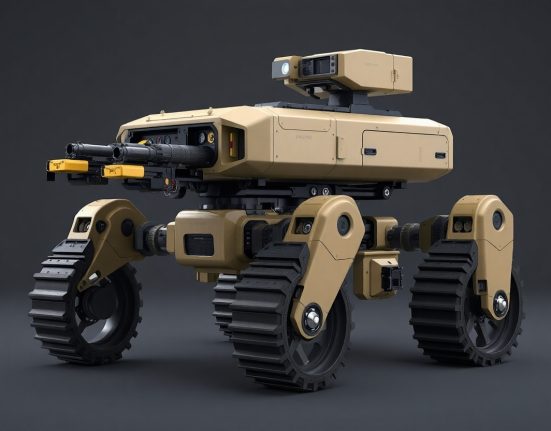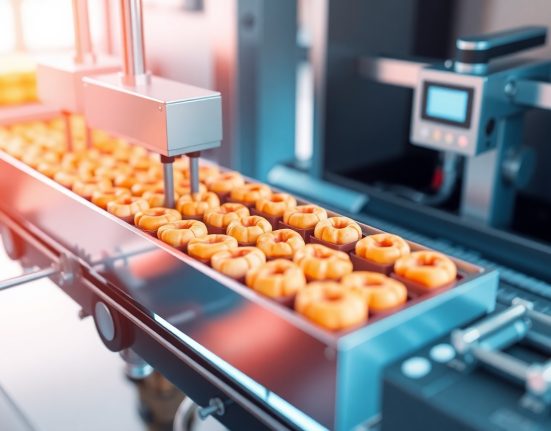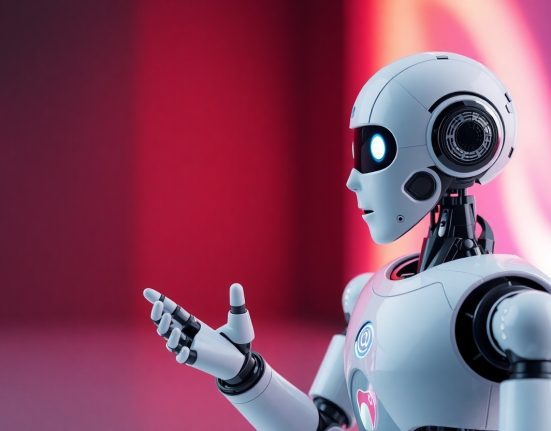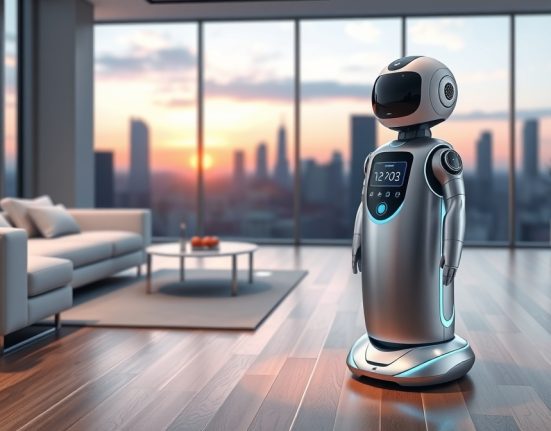When most people picture robots, the image that usually comes to mind is something metallic, rigid and maybe even a bit intimidating. Industrial robots moving with machine-like precision, dominating assembly lines or slicing through metal with lasers. But over the past few years, a quieter and more delicate shift has been happening in this space. It’s called soft robotics, and it’s changing the way we think about how machines interact with the real world.
Hard robotics, the kind we all know, is mostly made of metals, motors and gears. It’s excellent for tasks that demand precision, stability and strength. These machines thrive in controlled environments where every parameter is known and predictable. Soft robotics, on the other hand, draws inspiration from biology and nature. Instead of metal frames, it uses flexible materials like silicone, smart polymers or textiles that can bend, stretch, twist and adjust to different shapes.
The benefits of soft robotics go far beyond just physical flexibility. This approach opens up an incredible range of possibilities for improving how robots interact with people, especially in areas like healthcare, elderly care, agriculture or even ocean exploration. Imagine a robotic arm that can gently hold a baby without hurting it or a robot that can squeeze through a narrow gap in a collapsed building to find survivors. These kinds of situations require a level of gentleness, adaptability and safety that traditional rigid robots simply can’t deliver.
That doesn’t mean hard robotics is going away anytime soon. In fact, the real magic happens when the two are combined. As technology progresses, we’re seeing more hybrid systems that use rigid components for strength and stability along with soft areas that bring in flexibility and a more human-friendly touch. This combination could open up a whole new world of machines that don’t just move with precision but also feel, adjust and collaborate.
And for me, that’s the most exciting part of all this. Watching how we learn from nature, understand how living creatures function and bring that knowledge into artificial systems. It’s not just about engineering. It’s a whole philosophy of designing machines for a world that isn’t perfect but constantly shifting, fragile and complex. That’s the kind of future I can’t wait to see unfold.








